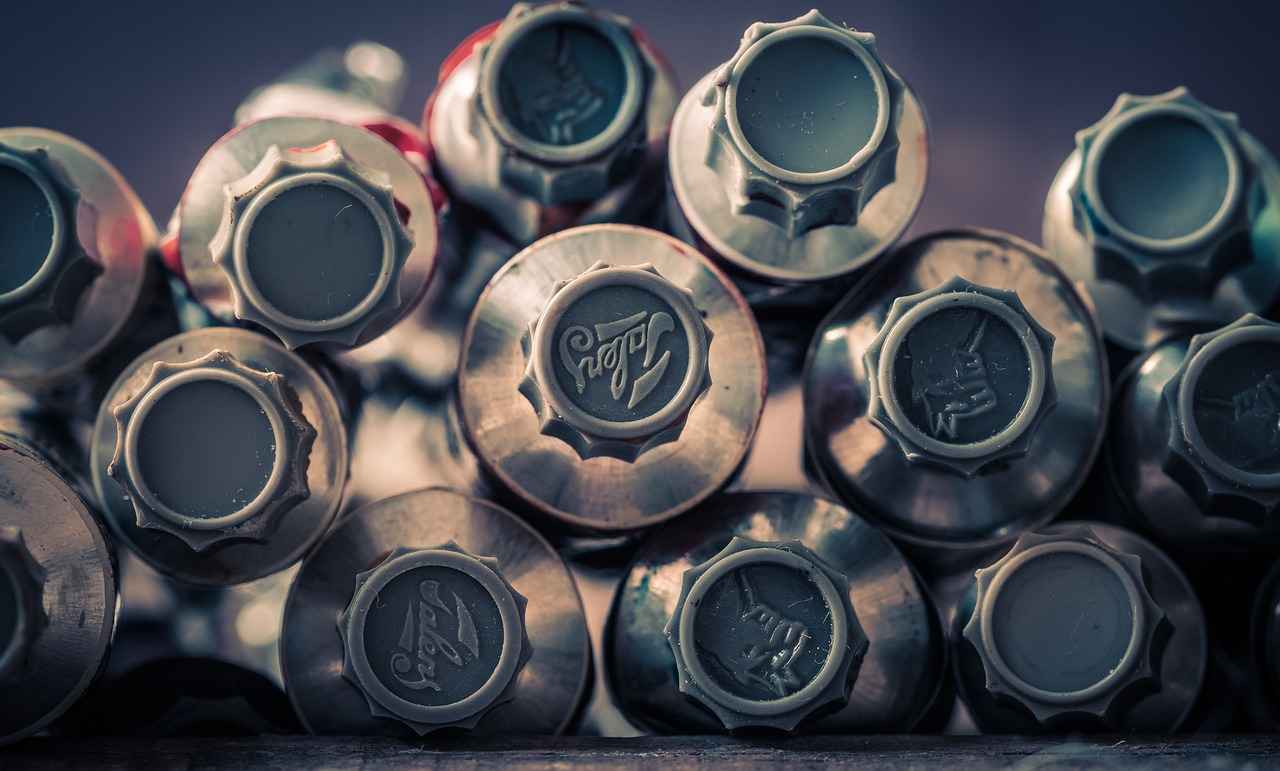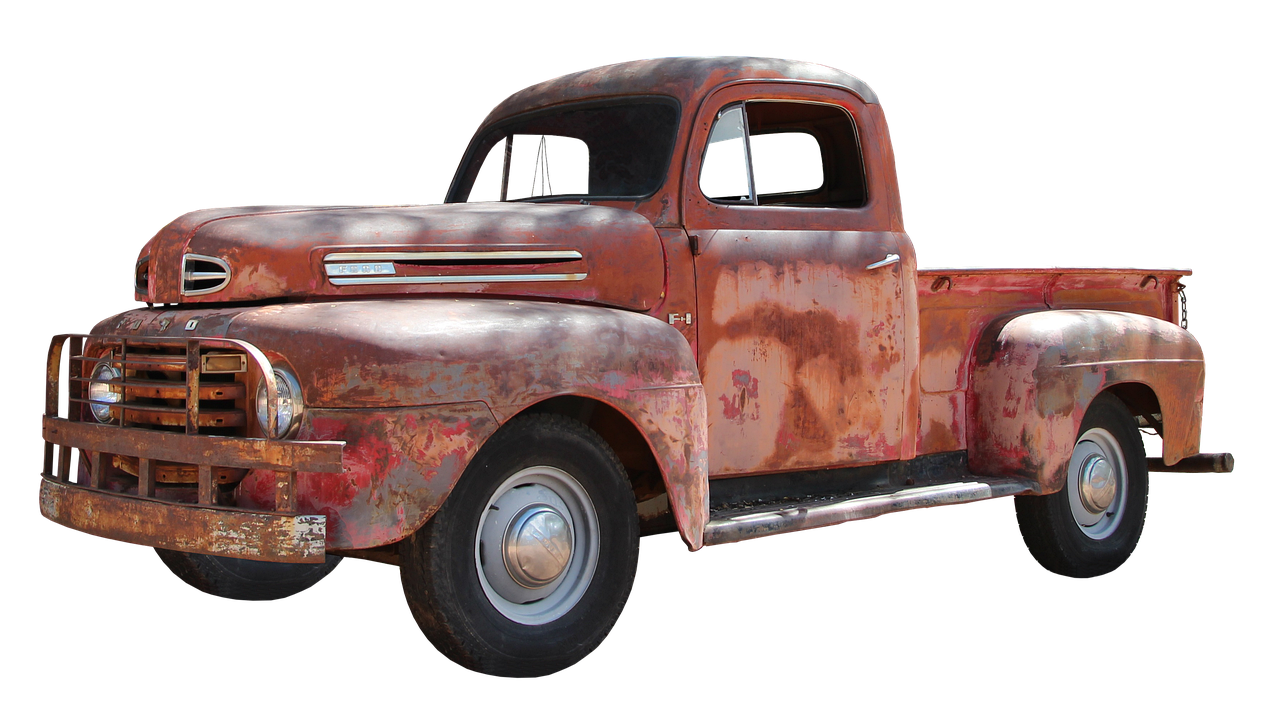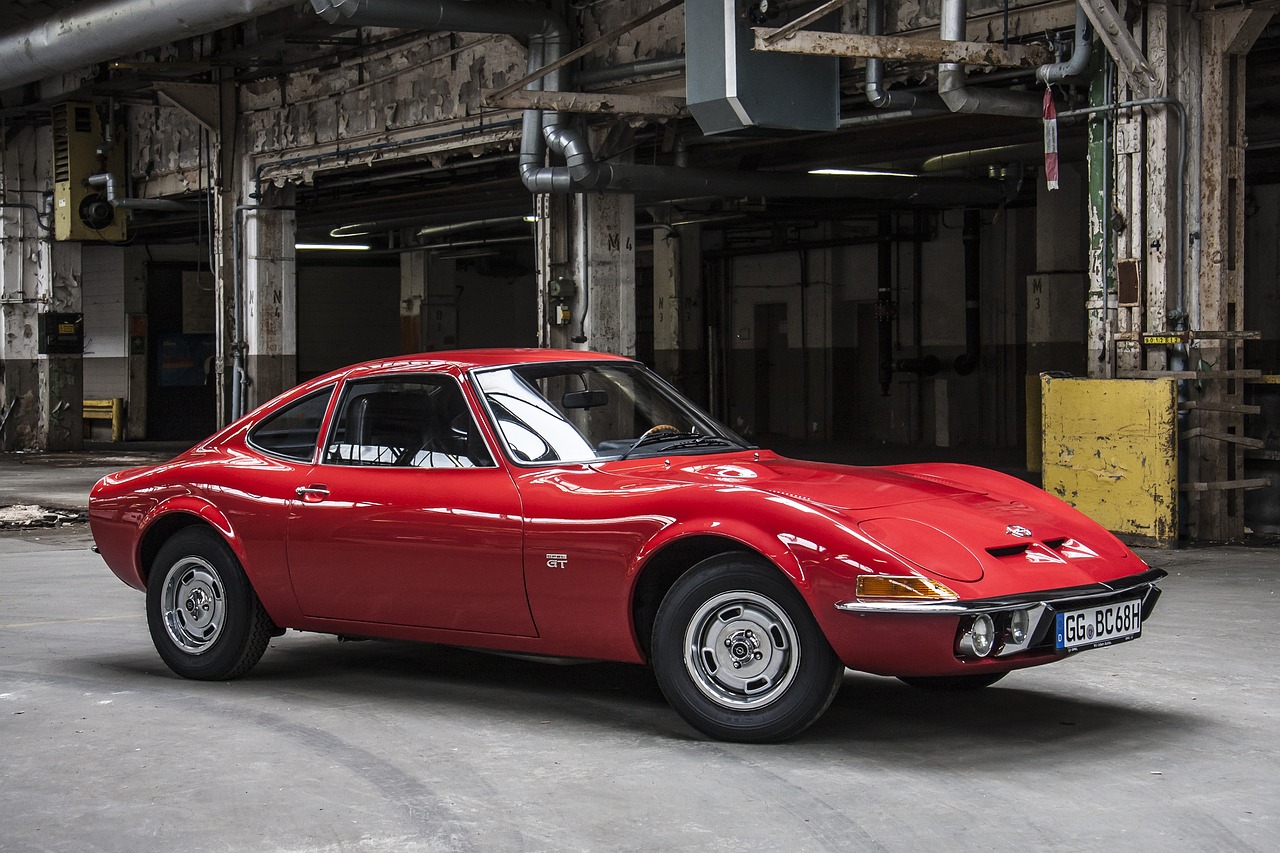This article delves into the costs associated with painting a car bumper, providing valuable insights and tips for car owners who wish to enhance their vehicle’s appearance without exceeding their budget. Understanding the various factors that contribute to the overall cost can empower you to make informed decisions.
Several key factors can influence the cost of painting a bumper:
- Bumper Material: The type of material (plastic, fiberglass, etc.) can affect the preparation and painting process.
- Paint Quality: Higher quality paints tend to cost more but may offer better durability and finish.
- Labor Costs: Prices can vary depending on the shop’s location and the experience of the technicians.
- Complexity of the Job: If the bumper has extensive damage or requires more preparation work, costs will increase.
The average cost to paint a bumper typically ranges from $200 to $500. Here’s a breakdown of what to expect:
| Service Provider | Estimated Cost |
|---|---|
| Local Body Shops | $300 – $500 |
| Mobile Paint Services | $250 – $400 |
| DIY Kits | $50 – $150 |
Many car owners consider DIY painting as a cost-saving measure. While it can be a feasible option, there are pros and cons:
- Pros: Lower costs, flexibility in timing, and the satisfaction of doing it yourself.
- Cons: Requires specific skills and tools, potential for mistakes, and less durability compared to professional work.
Selecting the right paint is crucial for achieving a durable and aesthetically pleasing finish. The best types of automotive paint for bumpers include:
- Enamel Paint: Known for its durability and glossy finish.
- Urethane Paint: Offers excellent resistance to chipping and fading.
- Specialty Paints: Designed specifically for plastic bumpers, ensuring better adhesion and flexibility.
There are several strategies to save on bumper painting costs:
- Compare Quotes: Always get multiple estimates from different service providers.
- Consider Touch-Up Paint: For minor scratches or chips, touch-up paint can be a cost-effective solution.
- Timing Your Service: Scheduling during off-peak times may lead to discounts.
Understanding warranties can protect your investment in bumper painting. Look for:
- Coverage Duration: Ensure the warranty lasts long enough to cover potential issues.
- Included Issues: Check what types of problems are covered, such as peeling or fading.
By considering these factors and tips, car owners can navigate the process of bumper painting more effectively, ensuring a balance between quality and cost.

What Factors Influence the Cost of Painting a Bumper?
Understanding the various factors that affect bumper painting costs can help you make informed decisions. When considering a bumper paint job, several key elements come into play that can significantly influence the overall expense.
- Bumper Material: The material of your bumper is a primary factor in determining painting costs. Bumpers are typically made from materials like plastic, fiberglass, or metal. Each material has different preparation requirements. For instance, plastic bumpers may need special primers and paints to ensure proper adhesion, potentially increasing costs.
- Paint Quality: The type of paint used also plays a crucial role in the final price. High-quality automotive paints, which offer better durability and finish, can be more expensive. Premium paints might include additional features such as UV protection and enhanced color retention, making them a worthwhile investment for long-term use.
- Labor Costs: Labor rates can vary significantly based on geographic location and the expertise of the technicians involved. In metropolitan areas, labor costs are typically higher due to the increased cost of living. Additionally, the complexity of the job, such as the need for sanding, priming, or multiple coats, can also affect labor charges.
- Shop Reputation: The reputation of the shop you choose can influence pricing. Established shops with a history of high-quality work may charge a premium compared to lesser-known or newer establishments. However, opting for a reputable shop often ensures better results and customer satisfaction.
- Job Complexity: The complexity of the painting job can also impact costs. If the bumper has extensive damage, such as dents or scratches, additional repair work may be necessary before painting, which can add to the overall expense.
By carefully considering these factors, car owners can better assess potential costs and make informed decisions regarding their bumper painting needs. It’s essential to gather multiple quotes and evaluate the services offered to ensure you receive the best value for your investment.
In summary, understanding the intricacies of bumper painting costs, including material considerations, paint quality, labor expenses, shop reputation, and job complexity, can empower car owners to make choices that align with their budget and expectations. Whether opting for professional services or considering a DIY approach, being informed is key to achieving satisfactory results.

How Much Should You Expect to Pay for Bumper Painting?
When considering the aesthetic and protective aspects of your vehicle, painting the bumper is an essential task that many car owners contemplate. The average cost of painting a bumper typically ranges from $200 to $500, but this figure can vary widely based on several factors. Understanding these factors can help you make a more informed decision and budget accordingly.
Several elements can influence the overall cost of painting your vehicle’s bumper:
- Bumper Material: The type of material your bumper is made of—plastic, fiberglass, or metal—can affect the cost. Plastic bumpers may require special paint and preparation, which can increase expenses.
- Quality of Paint: The choice of paint plays a significant role in the final price. Higher-quality paints, such as urethane or specialty paints, might cost more initially but offer better durability and appearance.
- Labor Costs: Labor costs can vary dramatically depending on the service provider’s location and reputation. A well-established shop may charge more, but the quality of work could justify the price.
- Complexity of the Job: If your bumper has dents, scratches, or requires extensive preparation, the cost will likely increase. Simple touch-ups will be less expensive compared to a full repaint.
When it comes to getting your bumper painted, it’s advisable to obtain multiple quotes from different service providers. This will give you a better understanding of the going rates in your area. Many shops offer free estimates, so take advantage of this to compare prices and services.
Some car owners consider a DIY approach to save on costs. However, it’s essential to weigh the pros and cons:
- Pros: Lower costs, control over the process, and the satisfaction of completing a project.
- Cons: Requires specific tools, skills, and time; the risk of subpar results could lead to additional expenses later.
Choosing the right type of paint is crucial for achieving a professional finish. Here are some options:
- Enamel Paint: Affordable and easy to work with, but may not last as long.
- Urethane Paint: More durable and resistant to chipping and fading, making it a popular choice.
- Specialty Paints: Designed specifically for plastic bumpers, ensuring better adhesion and longevity.
To keep costs down while maintaining quality, consider the following tips:
- Compare Quotes: Always get multiple estimates to find the best deal.
- Consider Touch-Ups: If the damage is minor, a simple touch-up may suffice.
- Timing: Look for seasonal discounts or promotions that auto shops may offer during slower months.
Before committing to a service, inquire about warranties. A good warranty can protect your investment by covering issues such as paint peeling or fading. Look for:
- Coverage Duration: Ensure the warranty lasts long enough to cover potential issues.
- Inclusions: Check what problems are covered and under what conditions.
By understanding the costs and factors associated with bumper painting, you can make an informed decision that enhances your vehicle’s appearance without exceeding your budget.

Is DIY Bumper Painting a Viable Option?
When it comes to maintaining the aesthetic appeal of your vehicle, DIY bumper painting is a popular option among car owners looking to save on costs. However, before you roll up your sleeves and dive into this project, it’s essential to weigh the pros and cons of taking the do-it-yourself route.
- Cost Savings: One of the most significant advantages of DIY bumper painting is the potential for substantial cost savings. Professional services can range from $200 to $500, while a DIY approach may only require purchasing paint and supplies.
- Control Over the Process: By painting the bumper yourself, you have complete control over the entire process, including color choice and application techniques.
- Flexibility: You can choose when to work on the project, allowing you to fit it into your schedule without the need for appointments or waiting periods.
- Skill Level Required: Achieving a professional-looking finish requires a certain level of skill and experience. If you lack these, the results may not meet your expectations.
- Time-Consuming: DIY projects can often take longer than anticipated, especially if you are unfamiliar with the process. Preparation, painting, and drying times can extend the project duration.
- Potential for Mistakes: Without the right techniques, you risk making mistakes that could lead to a less-than-perfect finish, requiring additional time and materials to correct.
To successfully paint your bumper, you will need a few essential tools and materials:
- Sandpaper: Various grits for surface preparation.
- Primer: To ensure proper paint adhesion.
- Automotive Paint: Choose a high-quality paint suitable for your bumper material.
- Clear Coat: To protect the paint and enhance durability.
- Spray Gun or Spray Cans: Depending on your comfort level and the size of the project.
- Masking Tape: To protect areas you don’t want to paint.
- Protective Gear: Including gloves and a mask to ensure safety during the painting process.
To achieve the best results, follow these tips:
- Preparation is Key: Thoroughly clean and sand the bumper to remove any old paint and ensure a smooth surface.
- Practice Your Technique: If you’re new to painting, consider practicing on a scrap piece of material first.
- Follow Instructions: Read and follow the instructions on the paint and primer for optimal results.
- Work in a Controlled Environment: Ideally, paint in a garage or shaded area to avoid dust and debris.
In summary, while DIY bumper painting can be a viable option for those looking to save money, it requires careful consideration of your skills, the time commitment involved, and the tools needed. By weighing the advantages and disadvantages, you can make an informed decision on whether to tackle this project yourself or seek professional help.

What Are the Best Types of Paint for Bumpers?
When it comes to enhancing the appearance and durability of your vehicle, choosing the right paint for your bumper is essential. The bumper is not just a protective element; it also plays a significant role in the overall aesthetic of your car. In this section, we will explore the best types of automotive paint available, focusing on their unique properties and suitability for different bumper materials.
- Enamel Paint: This type of paint is known for its high durability and glossy finish. Enamel paint is resistant to scratches and fading, making it an excellent choice for bumpers that endure harsh weather conditions. Its application requires careful preparation to ensure a smooth finish.
- Urethane Paint: Urethane paint is another popular option due to its flexibility and long-lasting properties. It adheres well to various surfaces, including plastic and metal, making it ideal for modern bumpers. Additionally, urethane paint dries quickly, allowing for faster project completion.
- Specialty Paints for Plastic Bumpers: Many vehicles today have plastic bumpers, which require specific types of paint for optimal adhesion and durability. Specialty paints designed for plastic often include flex agents that allow the paint to expand and contract with the bumper, preventing cracking and peeling.
When selecting the right paint for your bumper, consider the following factors:
- Material Compatibility: Ensure the paint you choose is compatible with the bumper material. For instance, urethane paint works well on both metal and plastic surfaces.
- Environmental Resistance: Look for paints that offer UV protection and resist fading from sun exposure. This is crucial for maintaining the appearance of your bumper over time.
- Application Method: Different paints may require different application methods. Some may need a spray gun, while others can be applied with a brush or roller. Choose a paint that fits your skill level and available tools.
Investing in high-quality paint can save you money in the long run. Cheaper paints may require more frequent touch-ups and may not withstand the elements as well as premium options. A quality paint job not only enhances your car’s appearance but also protects against rust and corrosion.
1. Properly clean the surface before painting to remove dirt and grease.2. Use a primer designed for the type of paint you are applying.3. Apply multiple thin coats rather than one thick coat for better adhesion.4. Allow adequate drying time between coats to achieve a durable finish.
By understanding the different types of automotive paint and their specific benefits, you can make an informed decision that enhances both the appearance and longevity of your bumper. Whether you choose enamel, urethane, or specialty paint, ensuring compatibility with your bumper material and considering environmental factors will lead to a successful painting project.

How Can You Save Money on Bumper Painting?
When it comes to maintaining your vehicle, painting the bumper can be a significant expense. However, there are several cost-effective strategies that can help you save money while ensuring your bumper looks great. This section will explore various tips and tricks to assist you in finding the best deals without compromising on quality.
- Compare Quotes: One of the most effective ways to save money is by obtaining multiple quotes from different service providers. Prices can vary significantly based on the shop’s location, reputation, and the services they offer. By comparing quotes, you can identify the most competitive rates. Don’t hesitate to ask for a breakdown of costs to understand what you’re paying for.
- Consider Touch-Up Paint: If your bumper has minor scratches or chips, using touch-up paint can be a budget-friendly alternative to a full repaint. Touch-up kits are often available at automotive stores and can save you both time and money. Ensure that you choose the right color match for your vehicle to achieve the best results.
- Timing Your Service: Timing can play a crucial role in the cost of bumper painting. Many auto shops offer discounts during off-peak seasons or times of the week. If you can be flexible with your schedule, you might be able to take advantage of special promotions or lower labor rates.
- DIY Options: For those who are handy, consider a DIY approach to bumper painting. While it requires some initial investment in materials, such as primer, paint, and clear coat, doing it yourself can significantly reduce labor costs. There are plenty of online tutorials available to guide you through the process.
- Look for Packages: Some auto body shops offer package deals that include bumper painting along with other services, such as detailing or scratch removal. These packages can often lead to substantial savings compared to purchasing each service individually.
- Utilize Local Community Resources: Check local community boards or social media groups for recommendations on affordable auto body shops. Often, independent or smaller shops may offer competitive pricing compared to larger chains.
- Ask About Warranties: When obtaining quotes, inquire about warranties offered by the service provider. A good warranty can protect your investment and save you money in case of future issues.
By implementing these strategies, you can effectively manage the costs associated with bumper painting. Whether you choose to go the DIY route or seek professional assistance, being informed and proactive can lead to significant savings. Remember, the goal is to enhance your vehicle’s appearance without straining your budget.

What Should You Know About Bumper Painting Warranties?
Understanding warranties is essential when investing in bumper painting, as it can significantly protect your investment. Warranties serve as a guarantee from the service provider, ensuring that the work performed meets certain standards and lasts for a specified duration. In this section, we will delve into the key aspects of bumper painting warranties, including what to look for and how they can benefit you.
When considering a warranty for bumper painting, you should first pay attention to the coverage duration. A typical warranty may last anywhere from six months to several years, depending on the service provider and the quality of materials used. It is crucial to choose a warranty that aligns with your expectations and the longevity you desire for your bumper paint job.
Another important factor to consider is what issues are typically included in the warranty. Many warranties cover problems such as peeling, fading, and chipping of the paint. Ensure that the warranty explicitly states these issues, as they are common concerns that can arise after painting. Additionally, some warranties may cover labor costs associated with repairs, which can save you money if issues arise.
- Read the Fine Print: Always read the warranty’s terms and conditions carefully. Understanding the limitations and exclusions can help you avoid surprises later.
- Transferability: Check if the warranty is transferable. This can add value to your vehicle if you decide to sell it in the future.
- Claim Process: Familiarize yourself with the process of making a claim. Knowing the steps involved can expedite any necessary repairs.
Additionally, inquire about the quality of materials used for the paint job. A warranty may be more reliable if it is backed by high-quality paint products. Some service providers offer warranties that specifically mention the brands of paint they use, which can give you confidence in the durability of the work.
It’s also wise to compare warranties from different service providers. Some may offer more comprehensive coverage than others, so taking the time to evaluate your options can lead to better protection for your investment.
In conclusion, understanding the intricacies of bumper painting warranties is crucial for safeguarding your investment. By focusing on coverage duration, included issues, and the quality of materials, you can make a more informed decision. Always remember to read the fine print and compare different options to ensure you select the best warranty for your needs.
Frequently Asked Questions
- What factors influence the cost of painting a bumper?
The cost of painting a bumper can vary based on several factors, including the material of the bumper, the quality of the paint used, and the labor costs associated with the job. For example, a plastic bumper might require different preparation than a metal one, affecting the overall price.
- How much should I expect to pay for bumper painting?
On average, you can expect to pay between $200 and $500 for bumper painting. This range can change depending on where you go and the complexity of the work involved. Always get multiple quotes to ensure you’re getting a fair price!
- Is DIY bumper painting a good idea?
DIY bumper painting can be a fun project if you’re handy, but it requires the right tools and skills. If done correctly, it can save you money, but be prepared for the possibility of needing to redo the job if it doesn’t turn out as expected.
- What are the best types of paint for bumpers?
When it comes to painting bumpers, the best options are typically enamel and urethane paints. These types offer durability and a great finish, especially for plastic bumpers, ensuring they look sharp and last longer.
- How can I save money on bumper painting?
To save money on bumper painting, consider comparing quotes from different service providers, using touch-up paint for minor scratches, or timing your service during off-peak seasons when discounts may be available.
- What should I know about bumper painting warranties?
Warranties for bumper painting can protect your investment, so look for coverage that lasts at least a few years. Check what issues are included, like peeling or fading, to ensure you’re fully covered.




